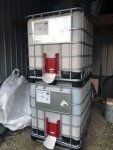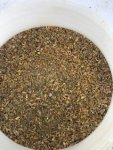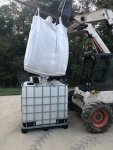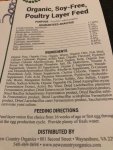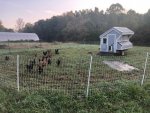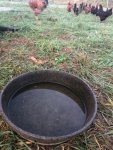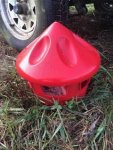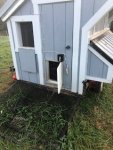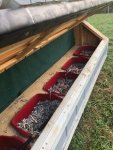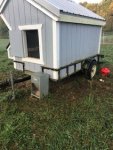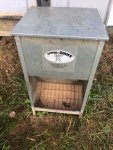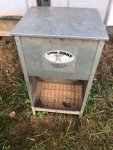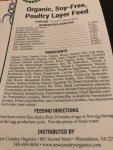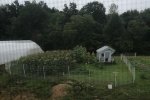Jeff Allen
Producer
At 53, my wife and I have gotten our “you gonna die, but first your life is gonna get hard” memo.
As long term preppers…we are blessed to lack in nothing. So, now we have branched out into fully fleshing out areas for maximum resilience against job loss/injury/sickness etc.
We feel our small flock of chickens (35) is one of our most important “comfort preps”…..keeping them running as normal during an extended shortage event is high on our list of priorities.
Getting out of bags and into bulk feed was on our list this year. I bought two food grade 275gallon totes and installed grain grates I sourced online at Mills Fleet & Farm. Attached pictures show the results.
Please ask questions if I can help you with this.
J
oh bother…can’t get pics off of phone “too big”…so, next post will be pics after I transfer to pc.
As long term preppers…we are blessed to lack in nothing. So, now we have branched out into fully fleshing out areas for maximum resilience against job loss/injury/sickness etc.
We feel our small flock of chickens (35) is one of our most important “comfort preps”…..keeping them running as normal during an extended shortage event is high on our list of priorities.
Getting out of bags and into bulk feed was on our list this year. I bought two food grade 275gallon totes and installed grain grates I sourced online at Mills Fleet & Farm. Attached pictures show the results.
Please ask questions if I can help you with this.
J
oh bother…can’t get pics off of phone “too big”…so, next post will be pics after I transfer to pc.

